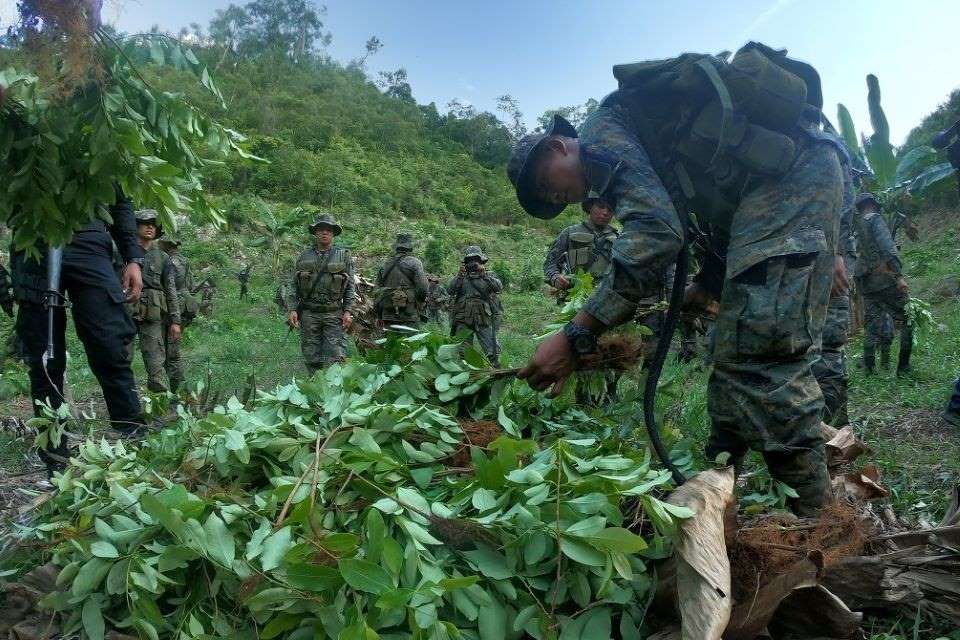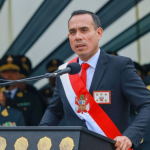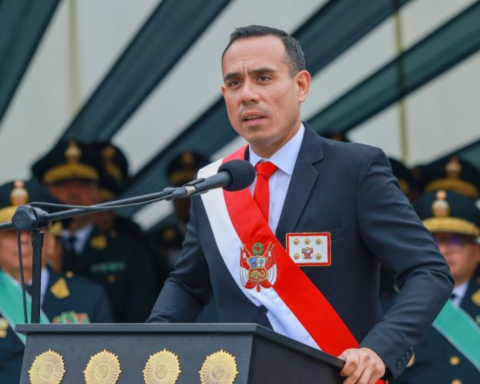Cocaine production in Colombia soared by 53% in 2023 to reach 2,600 tons, marking a new historical record in the largest producer of this drug in the world, according to a United Nations report
Cocaine production in Colombia soared by 53% in 2023 to reach 2,600 tons, marking a new historical record in the largest producer of this drug in the world, according to a United Nations report published this Friday, October 18.
The annual report of the Office on Drugs and Crime (Unodc) also recorded the highest number of coca leaf crops, which last year reached 253,000 hectares, 10% more than in 2022.
These are the highest figures recorded by the UN since it began monitoring the problem in 2001. review RFI.
“Coca continues to be concentrated in areas where productivity is highest in its three phases, cultivation, extraction and transformation, making one hectare of coca today produce up to twice the amount of cocaine it did two years ago,” said Candice Welsch, regional director of Unodc during the presentation of the report in Bogotá.
In 2022, Colombia had some 230,000 hectares of coca leaf plantations, the raw material for cocaine, and produced 1,738 tons of the drug.
*Read also: Diosdado Cabello denounces “false positive with drugs” from fascism against Venezuela
The upward trend has been going on since 2014, despite the persecution of drug trafficking over five decades with the million-dollar assistance of the United States, the largest consumer of cocaine.
The signing of the peace agreement with the then FARC guerrilla in 2016 also failed to break the boom of this drug, fuel for the armed groups that prolong the internal conflict in Colombia.
In power since 2022, left-wing president Gustavo Petro considers the so-called anti-drug war a “failure” and is committed to a more focused approach on preventing consumption in developed economies.
In 2023, the territories that registered the greatest net increase in crops were Cauca and Nariño (southwest), bastions of FARC dissidents who control the economy and daily life of extensive rural areas with their violent arm.
The rebels impose terror in that region near the city of Cali, which will host the COP16 on biodiversity starting Monday.
Four departments, Cauca, Nariño, Putumayo and Norte de Santander (north), register cultivation areas with more than 30,000 hectares. Nariño and Putumayo border Ecuador, whose president Daniel Noboa this week announced the identification, for the first time, of some 2,000 hectares of coca leaf plantations.
20% of the total area of these crops in Colombia is located on lands of Afro-descendant communities, 10% in indigenous reservations and 18% in protected forest areas.
Despite the disarmament of the FARC, other groups that profit from drug trafficking persist, such as dissidents who rejected the peace agreement, rebels of the National Liberation Army (ELN) and the Clan del Golfo, the largest drug gang in the country.
Post Views: 100

















